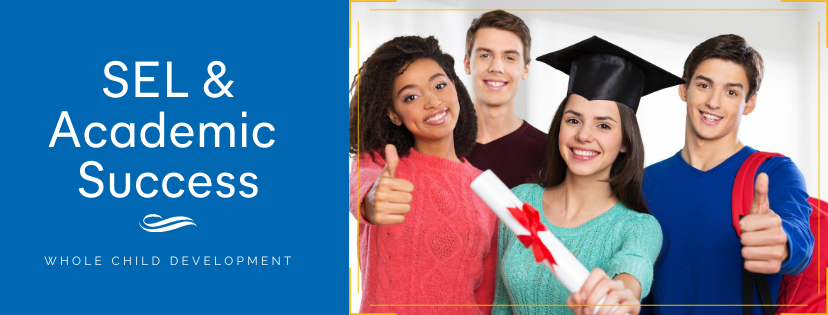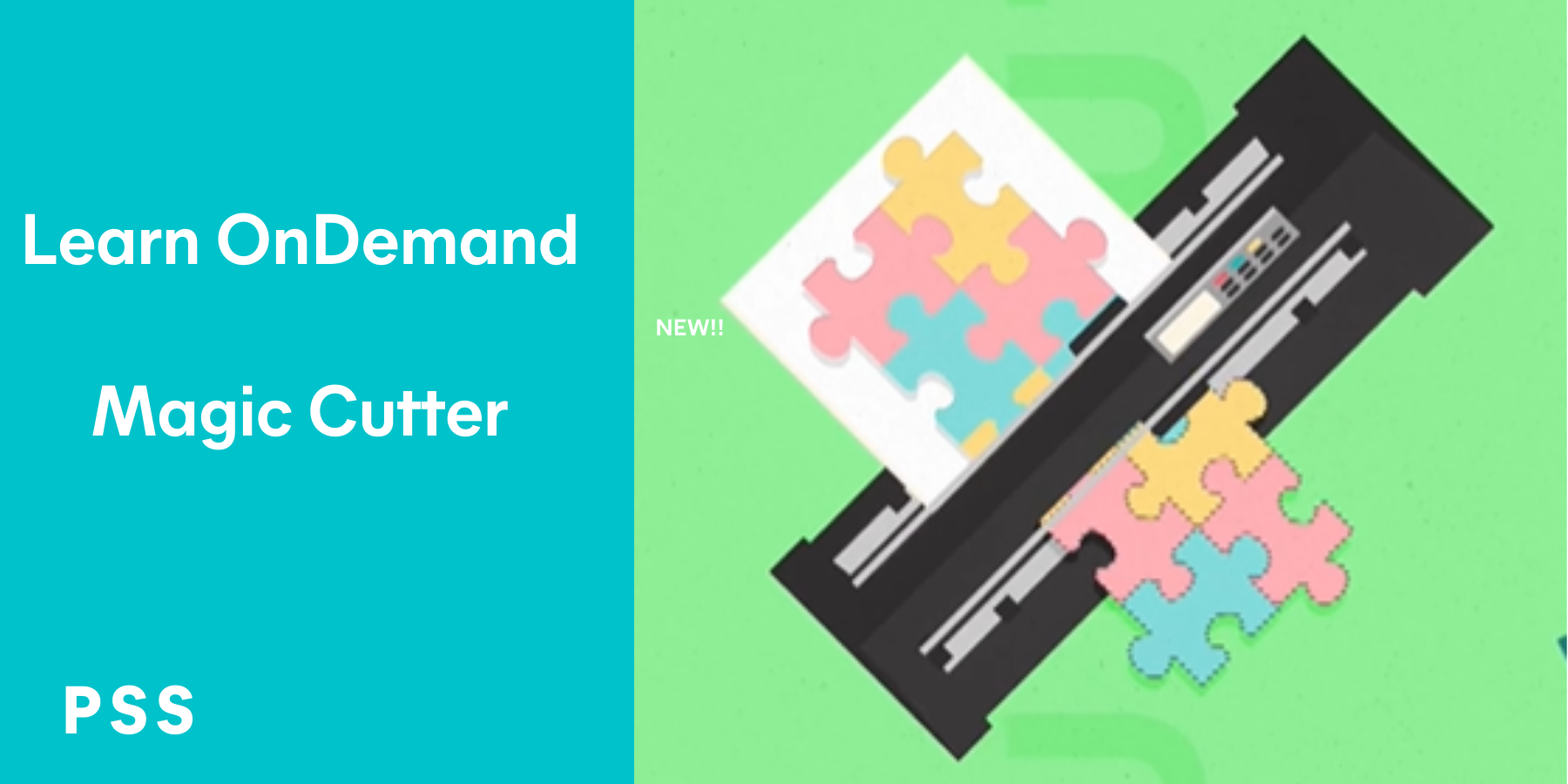Yesterday, I dropped off my two daughters at their respective schools. And of course, we work with schools, so I was watching how each responded", my colleague suspense-fully mused.
"How'd it go?" I asked.
"Night and Day," she responded. "At one school, they were outside cheering, reassuring parents, and students alike. They said We got this'. I left there thinking, they have this under control.
We had an altogether different experience at my younger daughter's school. The mood was bleak. Teachers and administrators focused on many unknowns. The drop-off experience was high anxiety and an over-reliance on compliance with the rules. I'm not sure how this will go."
I knew that one of her daughters went to a public school, and one to a private school, and funding varies. I asked if she believed that had anything to do with it.
"No, the school with the lower funding was the one that inspired more confidence. They had a positive mental attitude going into this season."
At PSS, our mission is to create meaningful and effective learning experiences. We partner with over 2,000 schools in the US to provide tools that do that. Our LearnOnDemand system creates visual, tangible learning aides (posters, 3D shapes, and manipulatives) to deepen the learning experience in class or in remote lessons. This isn't a vocation for us. We've been at this for over 25 years. On our small staff, we have 16 school ages kids, so we are deeply invested in American schools' success.
Environment is Key
The schools mentioned above have two very different environments. Why? Does it have to do with funding? What part of town they're in? No.
The difference is the tone set by the respective Principals. A version of the episode described above actually occurred to every parent at our company that has kids in different schools. The purpose of this article isn't to disparage or criticize a Principal. Lord knows, our educators and administrators need all the support that they can get.
This is an encouragement to school leadership (which is every educator) to think about the ENVIRONMENT we create for our kids. It's a leader's job to create the environment needed to accomplish the given mission. In 2020-21, all leaders must create an environment that is a safe space. In this space, educators and students can express and process a wide range of emotions.
In education, we must double down on implementing Social and Emotional Learning programs. Upon initial analysis, it's understandable why most of our country's 13,000 school districts have NOT implemented a Social Emotional Learning Program. The current End of Grade Academic standards are daunting, and it leaves little time to invest in these "soft skills." Also, what resources can District Leadership reach for to implement an SEL program? These are two valid barriers to starting an SEL program. Still, there are tools to overcome these barriers (we'll discuss below).
Yet, if we're all honest, at this chapter in our Nation's history, we need social and emotional investment more than ever. Today, we are in an uncertain climate of racial and social unrest, economic stress, and a looming threat of an invisible virus. Adults and children alike are facing tremendous amounts of stress. We must not only address this stress but must also leverage it as a teachable moment.
Teachable Moments
As a parent, I think about the obstacles my kids will surely face. Will they be prepared? Will they see those obstacles as the opportunities that they are? And as a parent, I accept that I’ll have to condition and train my kids to re-frame challenges as opportunities. I’m thankful that our teachers share the same concerns. Everyday teachers, informally, coach our kids through daily challenges, both large and small.
And now, we have the tools and frameworks to use this moment to advance our student's growth. Two organizations are leading the effort to get SEL programs into schools: CASEL and the Yale Center for Emotional Intelligence. Both organizations provide free resources and materials to educators and parents. The materials combine to build meaningful and effective SEL programs. COVID-19 has blessed us with the space and opportunity to invest in the Emotional Intelligence of our students.
As we all navigate the back to school season, child educators (that's all of us who aren't children) were handed a gift - a real-life crisis. We don't have to manufacture a teaching moment. Let's not let the crisis OPPORTUNITY pass us by.
.png)


.png)

.png)
